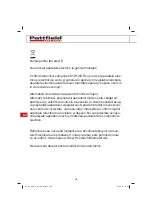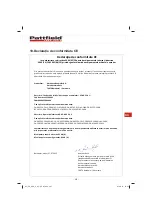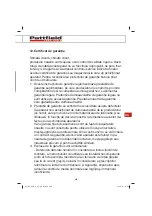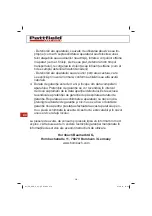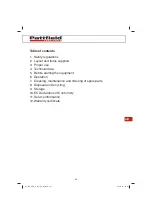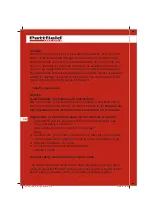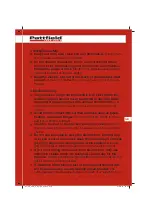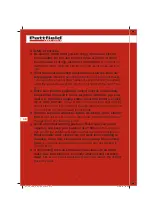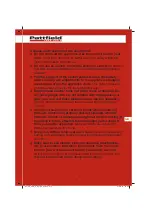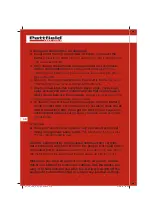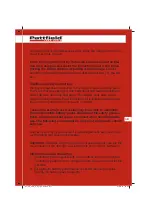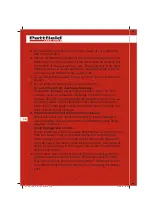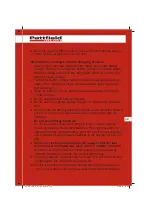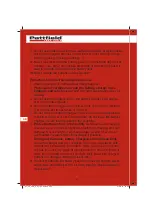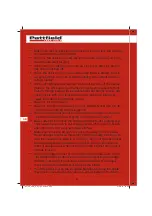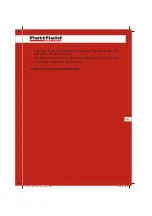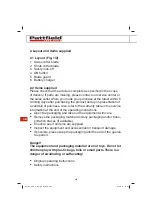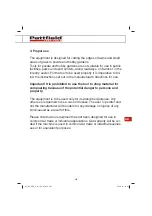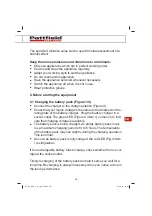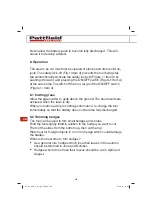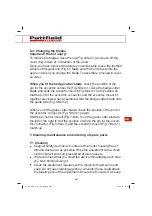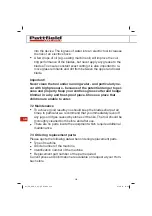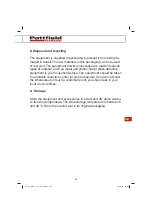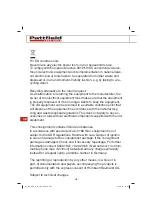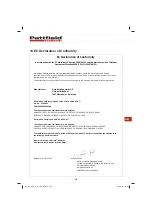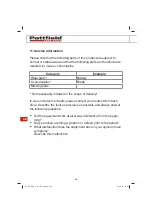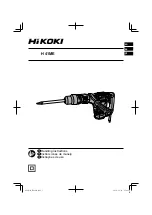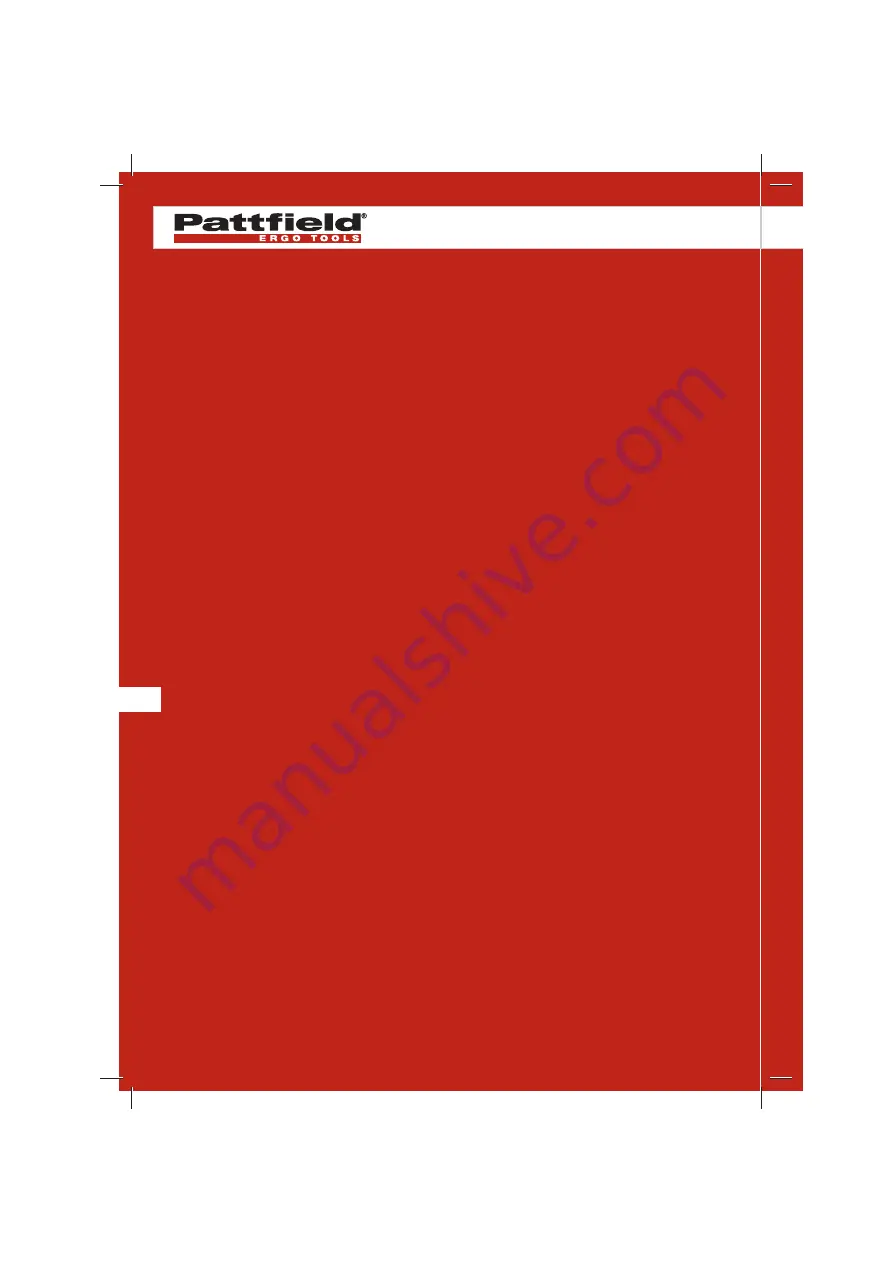
GB
- 220 -
11. Do not use batteries which have su
ff
ered curvature or deformation
during the charging process or which show other non-typical sym-
ptoms (gassing, hissing, cracking,…)
12. Never fully discharge the battery pack (recommended depth of di-
scharge max. 80%) A complete discharge of the battery pack will
lead to premature ageing of the battery cells.
13. Never charge the batteries unsupervised.
Protection from environmental in
fl
uences
1. Wear suitable work clothes. Wear safety goggles.
2.
Protect your cordless tool and the battery charger from
moisture and rain.
Moisture and rain can cause dangerous cell
damage.
3. Do not use the cordless tool or the battery charger near vapors
and in
fl
ammable liquids.
4. Use the battery charger and cordless tools only in dry conditions
and an ambient temperature of 10-40°C.
5. Do not keep the battery charger in places where the temperature
is liable to reach over 40°C. In particular, do not leave the battery
charger in a car that is parked in the sunshine.
6.
Protect batteries from overheating.
Overloads, over-charging
and exposure to direct sunlight will result in overheating and cell
damage. Never charge or work with batteries which have been
overheated – replace them immediately if possible.
7.
Storage of batteries, battery chargers and cordless tools.
Store the charger and your cordless tool only in dry places with
an ambient temperature of 10-40°C. Store your lithium-ion batte-
ry pack in a cool, dry place at a temperature of 10-20°C. Protect
them from humidity and direct sunlight. Only place fully charged
batteries in storage (charged at least 40%).
8. Prevent the lithium-ion battery pack from freezing. Battery packs
which were stored below 0°C for more than 60 minutes must be
disposed of.
Anl_PE_AGS_3_6_Li_SPK7.indb 220
Anl_PE_AGS_3_6_Li_SPK7.indb 220
21.08.15 10:23
21.08.15 10:23

